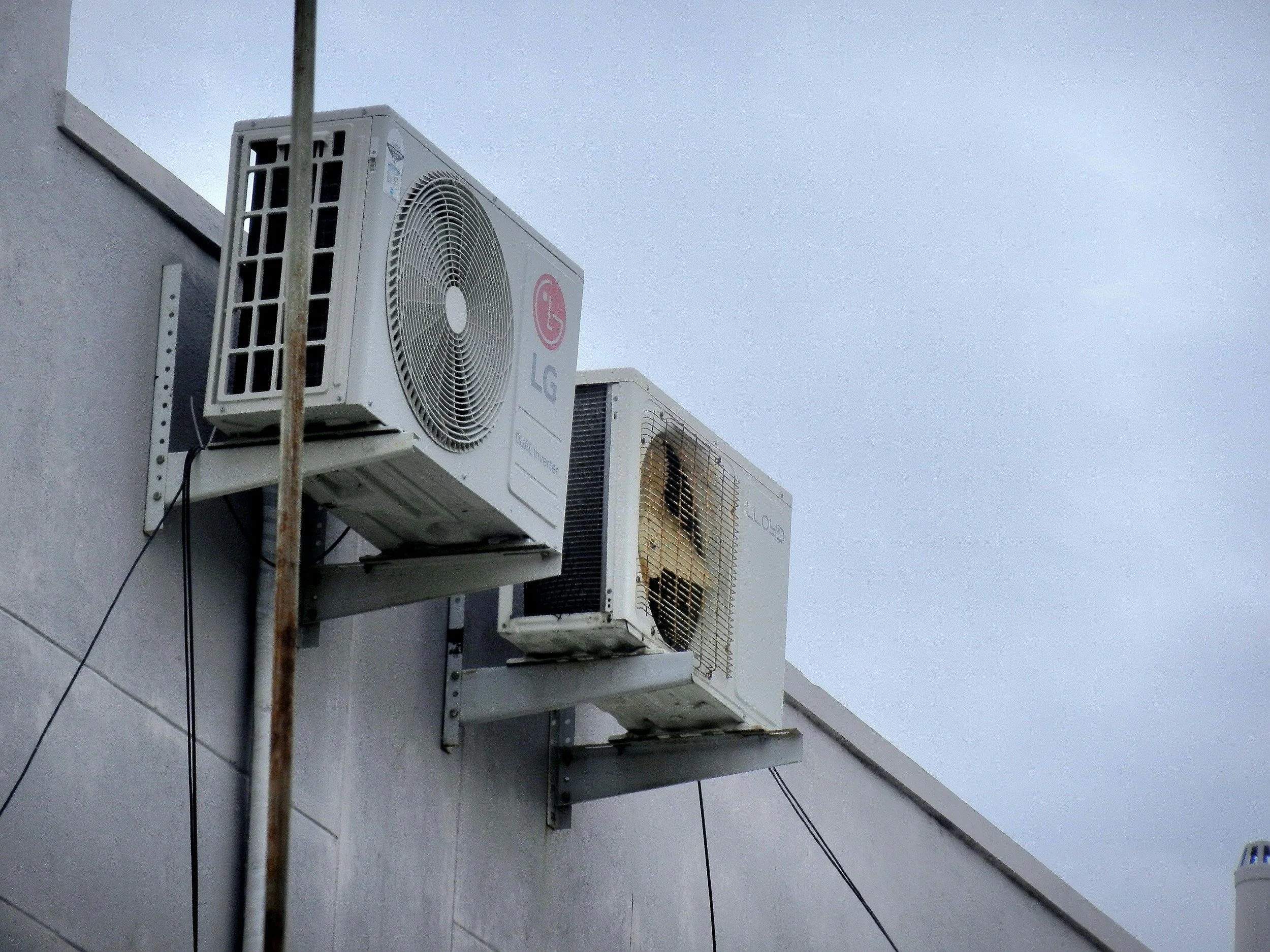Avoid Getting Hurt While Working By Following These 6 Steps
By PAGE Editor
When people go to work, the last thing they want to have is an accident. It's been said that in the US, work injuries occur every seven seconds, which amounts to seven million injuries a year. Sadly, many of these incidents would have been preventable if the proper precautions had been taken. In this article, we'll discuss 6 steps that will help you avoid getting hurt while working.
Wear Proper Safety Gear
Wearing the right safety gear will help protect you from potential hazards that could cause injury. Some examples include:
Wearing a hard hat when working in an area where there's potential for falling objects.
Wearing gloves when handling sharp or abrasive materials.
Wearing goggles or a face shield when working with chemicals or other hazardous substances.
Wearing earplugs or earmuffs to protect your hearing from loud noise.
Wearing safety shoes or boots to protect your feet from potentially harmful objects or substances.
If your employer hasn't provided you with what you need (or if it's faulty) and an accident occurs, they should be held liable. A visit to www.stewartlawoffices.net shows that people are actively seeking personal injury lawyers and Workers' Comp lawyers, and requesting free no-obligation consultations. If you've suffered physically because of employer negligence they'll fight aggressively for the maximum compensation and keep you informed as the claim progresses.
Follow Safety Procedures
There are certain safety procedures that should always be followed in order to avoid getting hurt at work. Some examples include:
Use the proper lifting techniques to avoid back injuries.
Use caution when operating machinery.
Avoid exposure to hazardous substances by using the proper safety equipment.
Wearing the proper Personal Protective Equipment (PPE) for the task at hand.
You should have received training on this when you were first employed. There may have been some procedural changes (or you may be in need of a refresher course), in which case it's important to request this from your supervisor.
Be Aware Of Your Surroundings
Working in a safe environment starts with being aware of your workplace and identifying potential hazards. Some things to be on the lookout for include:
Slippery, wet, or uneven surfaces could cause you to fall.
Stairs that are in need of repair.
Objects that could fall and injure you (e.g. boxes on top of cupboards).
Machinery or other moving parts that could cause harm.
Hazardous chemicals or substances that could cause injury if not handled or stored properly.
Loose cables across the floor, creating a trip hazard.
If you're aware of potential issues, raise them and get them rectified quickly. This will help create a safer work environment for yourself and others.
Take Breaks As Needed
Breaks are important for your physical and mental wellbeing. If you're feeling tired or overwhelmed, take a break to rest and rejuvenate. If you work at a desk, regularly rest your eyes by looking at distant objects (e.g. through the window).
If you drive as part of your job, take regular breaks of at least thirty minutes - and stop if you become sleepy at the wheel.
Check Your Equipment Before Use
Taking a few minutes to check it beforehand can save you from a lot of pain later on. Inspect cords (and extension cords) for any issues, and never use them if they're damaged or frayed. Check for loose screws (e.g. on ladders), nails, or other sharp objects that could cause injury. Also, make sure that there is nothing blocking your path that could trip you up.
If you work in an office, maintain a healthy posture at your desk and request a workstation assessment if there are any problems. If you use a work vehicle before you set off you should check:
Tire pressure
All lights
Fluid levels
Make sure the vehicle is regularly serviced, and raise any maintenance issues immediately.
Clean Up After Yourself
This means keeping your work area clean and free of clutter, as well as making sure that you put away any tools or equipment that you've finished using.
If you have a messy work area, it's more likely that something will get left out and cause an accident - for you or someone else.
Whilst you can never rule out the possibility of having work accidents, these 6 steps will drastically reduce their likelihood of occurring. You'll be wearing the right clothes, using the correct equipment, and being fully trained and ready. Then you can focus on the task at hand, making money for yourself and your family.
HOW DO YOU FEEL ABOUT FASHION?
COMMENT OR TAKE OUR PAGE READER SURVEY
Featured











Water management plays an essential role in maintaining the safety and stability of a home.